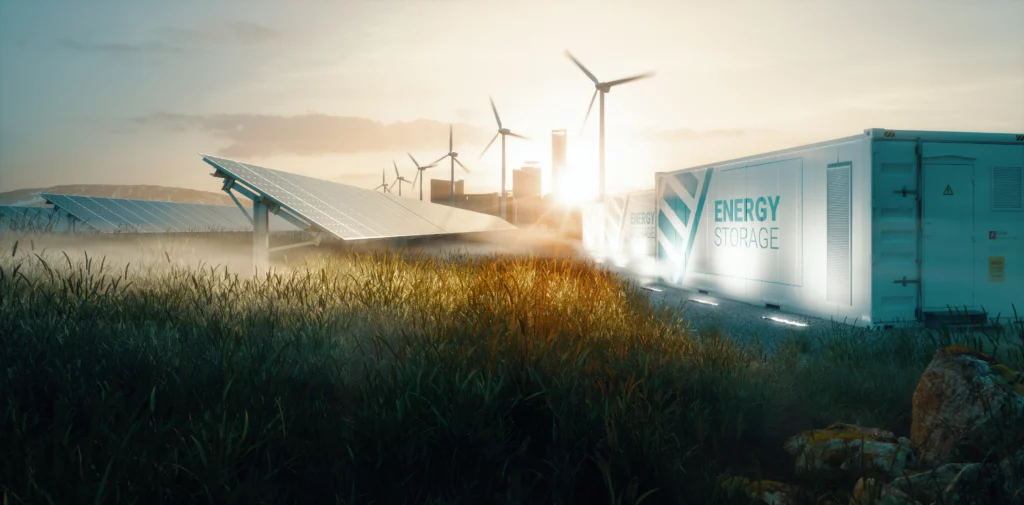Cornwall Insight
Delivering comprehensive insight that enables you to succeed in the net zero transition

Our thinking
Trusted expertise
for the net-zero transition
Our research, consulting and training builds capacity for the delivery of net zero, creating common purpose with our customers, and a shared commitment to reshaping the energy world of tomorrow

Award-winning
We have been recognised as one of the UK’s leading management consultancies in the energy, utilities and environment sector by the Financial Times for three years running.
Latest thinking
Home supply and services
A regulatory shift for non-domestic suppliers
It is well established that the domestic supply sector is more heavily regulated than the non-domestic market, with one of the biggest differences being the level of consumer protection in place. That is not to say there are no protections in place for non-domestic consumers as we have seen several…
Low carbon generation
REMA Series: Zonal Locational Pricing – Episode 2
Join Kate Hill and Kate Mulvany as they discuss Zonal Locational Pricing aspects of the Review of Electricity Market Arrangements (REMA). Subscribers of our Industry Essentials service have access to all of our Thought Leadership content, including podcasts, insight papers, and blogs. Our customer portal, CATALYST, houses insightful pieces from…
Energy storage and flexibility
Review of deployment of long duration energy storage in the electricity sector in Ireland
This report seeks to assess the potential for Long Duration Energy Storage technologies (LDES) in Ireland, focusing on barriers and opportunities for the sector. The report focuses on policy, regulatory and market based opportunities and challenges, as the first step in understanding the market landscape for the sector. Read the…
E-mobility and low carbon
Smart Energy GB – Turn on, Plug in, Cash out: Unlocking the value from smart meter-enabled EV flexibility
We are currently working with Smart Energy GB on our latest insight paper, which will assess the value of smart and V2G electric vehicle (EV) charging within a flexible energy system in three snapshot years of 2025, 2030, and 2040. Watch this space for the full insight paper, coming soon.
Low carbon generation
REMA Series: Overview of the 2nd REMA Consultation – Episode 1
Join Kate Hill and Kate Mulvany as they discuss an overview of the Review of Electricity Markets Arrangements (REMA) and give a synopsis on the second consultation of REMA. Listen here We will be releasing the rest of the episodes of this REMA Series podcast to our customer portal, CATALYST….
Commercial and market outlook
The latest quarterly updates from our Benchmark Power Curves
Long-term, technology-specific power price forecasts are crucial for making sound investment decisions. But with the rapidly changing market landscape, obtaining credible, comprehensive insights can be a challenge. That’s where Cornwall Insight’s Benchmark Power Curves step in to deliver the forecasting expertise you need. Backed by our deep market knowledge and…
Low carbon generation
Blowin’ in the Wind: Is offshore wind the answer to Ireland’s net zero future?
As Ireland works towards achieving net zero by 2050, there is a pressing need to develop additional renewable energy capacity. Offshore wind is likely to be a particularly important sector and, thanks to Ireland’s large offshore exclusive economic zone, presents a valuable opportunity for the Irish economy. Cognisant of this…
Sign up to receive our latest news, insight and analysis
of the energy sector straight into your inbox.
Find out more about what our customers say about us
National and trade media regularly quote our experts and research
-
Media Mentions
Irish Times| Electricity prices to fall
Following the release of our All-Island Forward Curve our Senior Modeller Sarah Nolan spoke in the Irish Times, on why higher than anticipated gas storage in Europe is forecast to push down power prices over the next year. Irish Times -
Media Mentions
PV Magazine| FCAS markets and battery profits
New forecasts from Cornwall Insight Australia revealed a lucrative and enduring role for batteries in the recently launched Very Fast Frequency Control Ancillary Services (VF FCAS) markets. Our Modelling Manager Ben Tudman spoke to PV Magazine on why the higher prices available will hopefully see appetite grow for involvement in…








